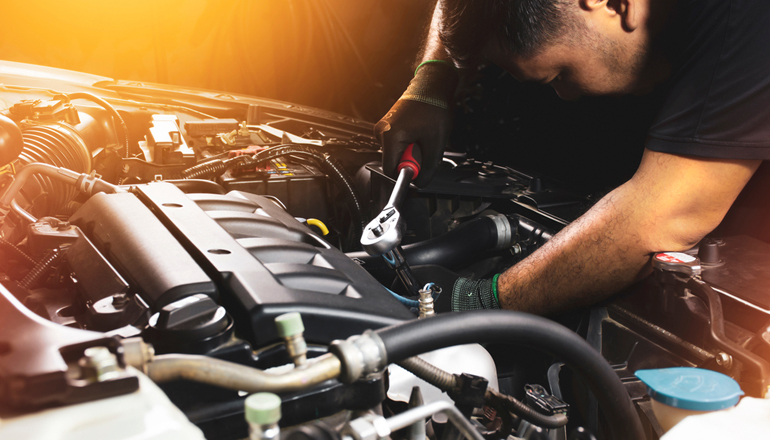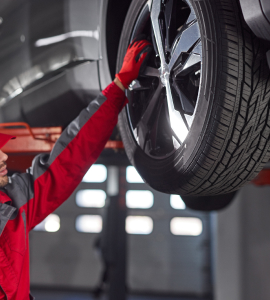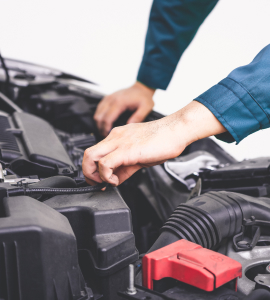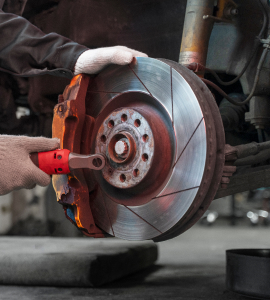How Car Diagnostics Can Prevent Major Repairs and Improve Safety
Car diagnostic systems are crucial for keeping vehicles in good shape. They find problems early, helping drivers avoid costly repairs. Two diagnostic tools are OBD-II scanners and mobile apps. They monitor key vehicle parts like the engine, transmission, and brake systems. General diagnostic tests improve fuel economy and reduce driving risks. They also help keep vehicles running smoothly. Preliminary inspections cost money, but they save more in the long run. This is mainly due to their timely nature. The practice of making diagnostics a priority ensures durability of vehicles alongside safety protection for drivers.

Introduction
Modern cars use diagnostic systems for safety and to keep the vehicle in good shape on the road. A modern vehicle has advanced diagnostic systems. These systems spot future issues early, so problems can still be treated. Current diagnostic systems need advanced tools to check internal parts. These tools look for issues like component failures and warnings that drivers might miss. Regular inspections help car owners save money on repairs. They catch problems when they're still small. Big system failures come from ignored small problems. These can lead to costly repairs and accidents. Regular diagnostic tests ensure engine function, fuel economy, and vehicle performance stability.
Understanding Car Diagnostics
Definition and Explanation of Car Diagnostics
Inspecting a vehicle's internal parts helps find problems. By checking the systems, you can spot issues early. The OBD system runs diagnostics by collecting data from sensors and control units. Problems are detected, creating diagnostic trouble codes. This helps mechanics quickly find the issue's source.
Types of Diagnostic Tools and Technologies
People can use different kinds of diagnostic tools that exist today.
- Modern OBD-II scanners connect to the dashboard OBD-II port. They pull error information and show live vehicle data.
- Customers can check diagnostic codes with code readers. These devices are basic OBD interfaces, but they have limited analysis features.
- The advanced diagnostic toolset features top-notch instruments. They offer detailed data analysis and continuous oversight of various automotive systems.
- Mobile diagnostic apps let users connect their smartphones to OBD scanners via Bluetooth. This allows for basic vehicle tests without needing a computer.



How do diagnostics work in identifying issues?
Car diagnostic system keeps track of all vehicle components. This includes engines, transmissions, braking systems, and electrical systems. When problems occur, the diagnostic system saves fault codes. Diagnostic tools can then decode these codes. The system helps mechanics fix car problems before they become big failures.
Benefits of Regular Car Diagnostics
Prevention of Major Repairs
1). Early Detection of Problems
Diagnostic tests find small issues. This helps stop them from turning into big problems. Engine diagnostics can quickly spot a small engine misfire. This helps avoid expensive damage to the engine.
2). Cost Savings on Repairs
Fixing small vehicle issues now costs less than waiting for big breakdowns later. Diagnostic monitoring allows repairs to happen on time, reducing costly mechanical work.
Improvement of Vehicle Safety
1). Ensuring Critical Systems Function Properly
Safety components need accurate diagnostics to stay operational. Vehicles with broken brakes can show warning signs in diagnostics. This happens before any unsafe situations arise.
2). Reducing the Risk of Accidents
Vehicle safety increases when a driver maintains their vehicle regularly. Checking tire pressure, engine temperature, and headlights early can reduce accidents.
Cons of Car Diagnostics
1). Initial Costs of Diagnostic Services
Diagnostic scans and repairs cost a lot upfront, but they can save money in the long run.
2). Potential for Over-Reliance on Technology
Relying too much on diagnostic tools can make drivers neglect vehicle maintenance. This includes basic checks like monitoring tire pressure and fluid levels.
Conclusion
Installing car diagnostic systems has several key roles. They help keep vehicles healthy and safe. This also prevents costly repairs for cars and roads. Diagnostics help drivers find problems early. This can prevent serious breakdowns and accidents.
Each car owner should make routine diagnosis an important task. Regular check-ups boost vehicle performance, extend service life, and enhance safety. Regular car diagnostics save drivers money on repairs and keep them safe on the road. Regular car maintenance helps drivers stay safe, avoid surprises, and cut repair costs.
The time to book a diagnostic check for your vehicle has come before it starts showing defects. Scheduling regular diagnostic tests can save you time and money. It also helps reduce stress, whether or not you have a major issue to handle. You can avoid difficulties by staying ahead in predicting problems so you can drive with complete confidence.
- Engine misfires
- Faulty oxygen sensors
- Transmission issues
- Battery and alternator problems
- Brake system malfunctions


